




Introduction to Albert Einstein
Who discovered one of the most well-known conditions of all time: E = mc² (energy rises to mass duplicated by the speed of light squared)? Do you know? It was Albert Einstein.
Albert Einstein is maybe the most popular scientist ever. The two of his pictures and splendid work on hypothetical physical science live on today and he fills in as a motivation to youthful researchers all over the world.
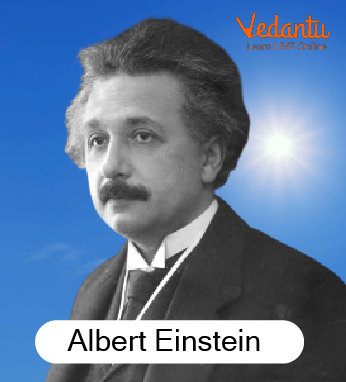
Albert Einstein
Introduction to Albert Einstein
Albert Einstein was born on the fourteenth of March 1879 and died on the eighteenth of April 1955. Brought into the world in Germany to a Jewish family, Einstein made numerous commitments to the field of hypothetical theoretical science. In any event, when extremely youthful, Einstein showed extraordinary capacity in both math and science.
Facts about Albert Einstein
He is also known for his hypothesis of relativity.
Exceptional relativity was presented in his 1905 paper "On the Electrodynamics of Moving Bodies" before Einstein fostered the hypothesis of general relativity during the long periods between 1907 and 1915.
Einstein won the 1921 Nobel Prize in Physics for his work on hypothetical theoretical science.
He worked on numerous other powerful hypotheses and activities including the redirection of light by gravity, the quantum hypothesis of nuclear movement in solids, Brownian movement, a clarification for slender activity, and considerably more.
Einstein is likewise known for his hypothesis of general relativity (a clarification of gravity), and the photoelectric impact (which makes sense of the way of behaving of electrons in specific situations); his work on the last option procured him a Nobel Prize in Physics in 1921. These are the three things Albert Einstein was best known for.
Renowned Albert Einstein quotes include: "Regardless of whether you can notice a thing relies upon the hypothesis which you use. It is the hypothesis which concludes what can be noticed."
Einstein was world famous because of his studies on the solar eclipse. He was widely accepted as the greatest and most popular physicist.
He also made a great contribution by working on the theory of quantum mechanics. There are many such works of this great scientist.
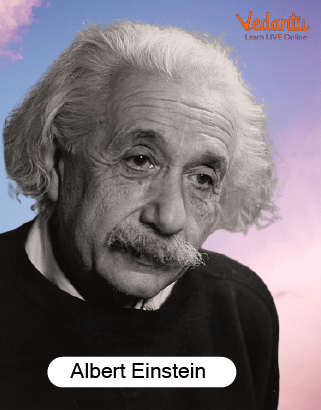
Albert Einstein
Albert Einstein Inventions List for kids
The list of inventions by Albert Einstein for children include:
Avogadro’s Number - It is the number of particles in one mole of any substance. One mole is equal to 6.02214076 x 1023.
1 mole= 6.022 x 1023
Theory of Light - Albert Einstein’s quantum theory of light states that light has small packets of energy which are called photons.
The General Theory of Relativity - Explains the force of gravity with the changing geometry of space and time. E=mc2.
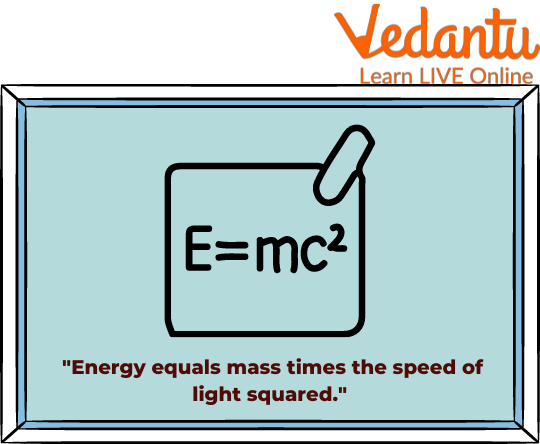
Theory of Relativity
Photoelectric Effect - when light hits a metal, electrons are emitted. As we can see in the image that light rays are going to metal and photoelectrons are ejecting.
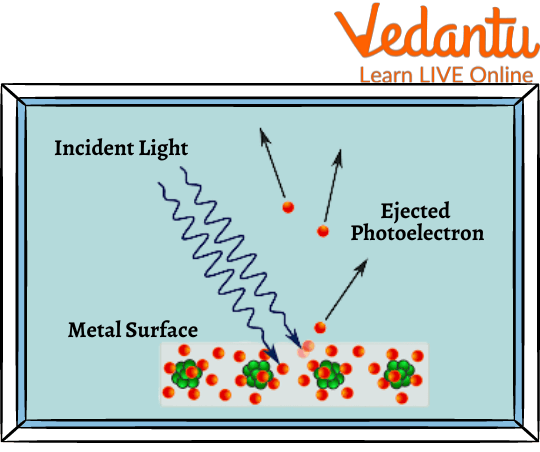
Photoelectric Effect
Wave-particle Duality - Every matter is either a wave or a particle. You can understand this by the diagram given below,
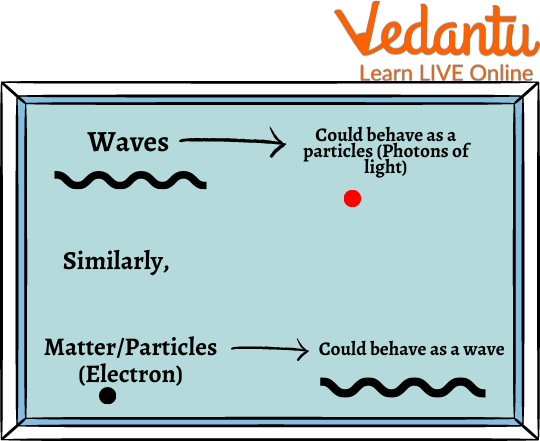
Wave-particle Duality
Brownian Motion – It is the movement of very small particles because of the bombardment of the molecules of the surrounding. For example – let there be a dark room, with an open window. Light is coming from the window inside the dark room. You can see the dust particles and you can see that these dust particles are moving continuously because the molecules of the medium, that is molecules of gas, are colliding with the gas particles.
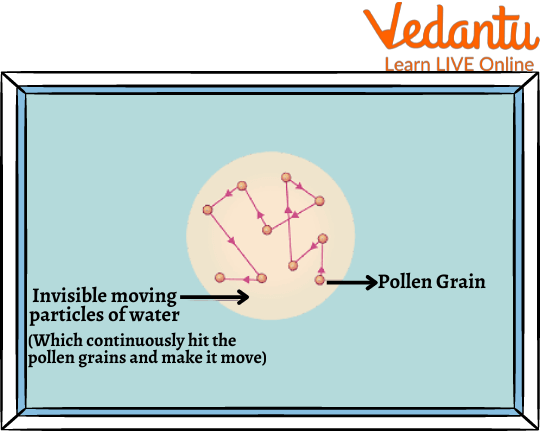
Brownian Motion
Here in the image, the particles are pollen grain and the medium is water. So water molecules are colliding with pollen grain and that is why the pollen grain particles are moving continuously.
Bose-Einstein Condensate (BEC) – It is a state of matter which was first predicted by Satyendra Bose and Albert Einstein. It is named after these scientists. This state of matter is achieved when atoms, which are considered small wave packets, are cooled at zero Kelvin temperature. The wavelength of these small wave packets increases to an extent that they start to overlap each other and they no longer can be individual particles and they become a single quantum entity. This state is called Bose-Einstein condensate (BSE).
Image shows that the particles when cooled at very low temperatures the wavelength increases and then they become a single entity.
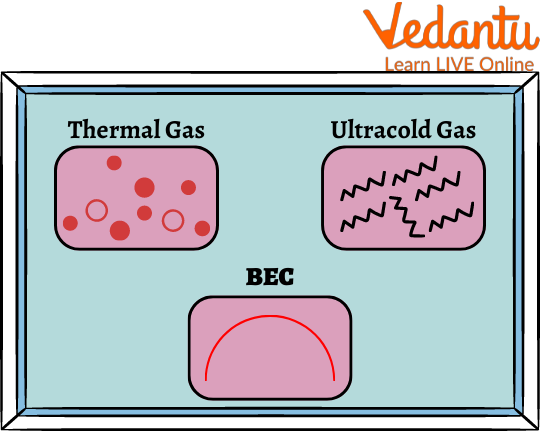
Bose-Einstein condensate
Albert Einstein Hobbies
Following are some of Albert Einstein’s hobbies
Playing the piano
Playing the violin
Sailing
Hiking
Reading
Writing
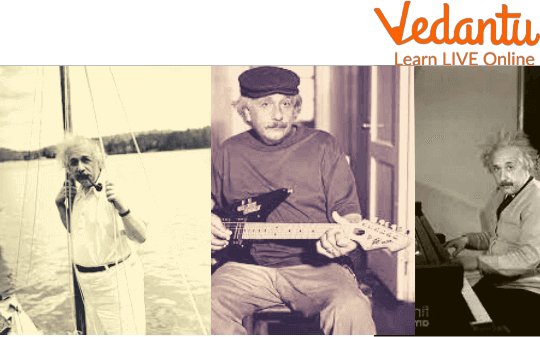
Albert Einstein
Summary
Now you have known all Albert Einstein for kids. From Albert Einstein's biography for kids, we know that Albert Einstein in his childhood was not that brilliant a student. But as he grew old, he became a brilliant student. He was into reading and writing. Reading and writing make a person wise. He wrote travel generals which are now in Albert Einstein’s Archives in Jerusalem. Albert Einstein is a big inspiration for children who are not so good at their studies. Even if you didn’t get good marks in your previous exam, just study a little more. Anybody can obtain better marks and good grades with a little hard work. And most importantly you should also get involved in extracurricular activities. These help you to grow in every aspect of your life and keep you refreshed. We hope you enjoyed reading this article, in case of any other doubts, feel free to ask in the comments.
FAQs on Albert Einstein
1. Did Albert get married and start a family?
Between 1903 to 1919, he was wedded to Mileva Mari. Lieserl (born in 1902), Hans Albert (born in 1904) and Eduard (born 1910) were their three children. Further, Albert had his second marriage with Elsa Löwenthal in 1919, and they cohabited until her passing in 1936.
2. From where did Albert complete his schooling?
He attended the following institutions for his primary schooling.
Catholic elementary school in Munich, Germany (1885-1888)
Luitpold Gymnasium in Munich, Germany (1888-1894)
Cantonal school in Aarau, Switzerland (1895-1896)
Swiss Federal Institute of Technology in Zurich, Switzerland (1896-1900)
Ph.D. from Zurich University, Switzerland (1905)
3. What was the reason Albert was given the Nobel Prize?
For his numerous contributions to theoretical physics, particularly for discovering the law of the photoelectric effect, Einstein was honoured.





















